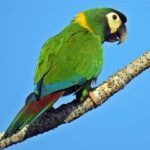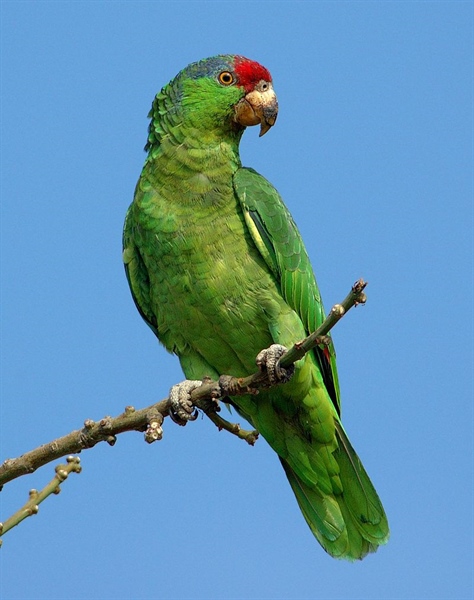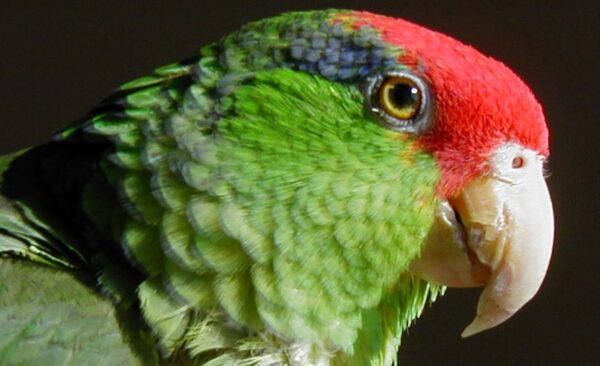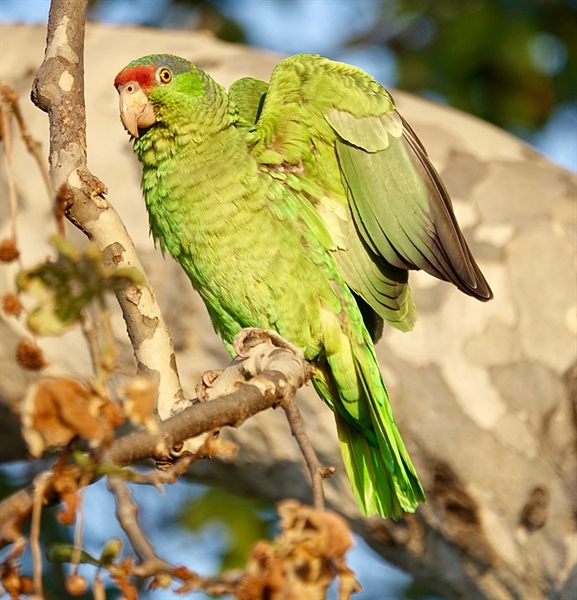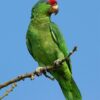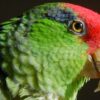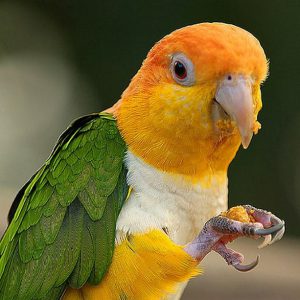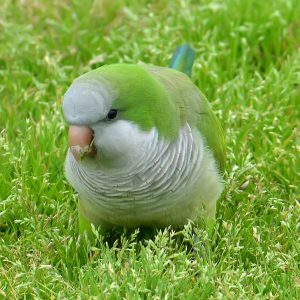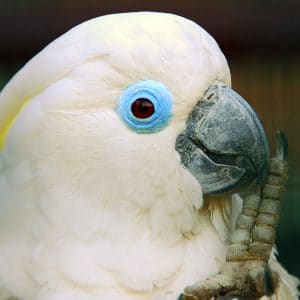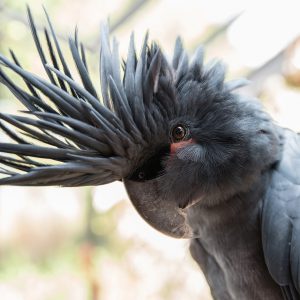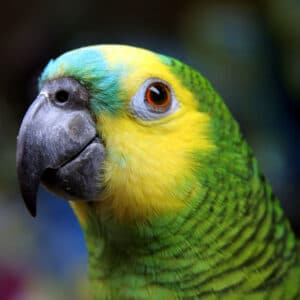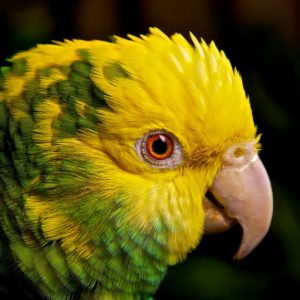Description
Red Faced Amazon gather in large flocks being noisiest in the morning and evening. The characteristic screeching heard of these birds usually occurs when they travel in a large flock to a new feeding area. Their diet consists of seeds, fruits, flowers and nectar
Parrots have been vaccinated free of charge for the following diseases:
– Colds, intestinal diseases – Monthly (VND 200,000/time)
– Profit book – Every 3 months (100,000 VND/time)
– Coccidiosis (Digestive of blood) – Every 3 months (VND 100,000/time)
– NewCastle (Cholera) – Every 4 months, birds stay at Pet Me 3 days (500,000 VND)
– Lung fungus – Monthly (VND 100,000/time)
– Asthma / Typhoid / Blood clots – Monthly (VND 100,000/time)
*** With the advice of Dr. Nguyen Nhu Pho – Lecturer at Nong Lam University, Ho Chi Minh City.
Pet Me Shop specialize in buying and selling Red Faced Amazon nationwide. We ensure that our parrots are beautiful and quarantined.
For further information, please contact:
Hotline: 091 709 6677 – 091 707 6677 (Mr. Tài)
Address showroom: Pet Me Coffee – No. 21, Street 6, Linh Chieu Ward, Thu Duc City.
Appearance
Their appearance is generally green with the most notable features being a bright red forehead and crown, dark blue streak behind the eyes, and light green cheeks. It is not uncommon for red-crowned amazons to have splashes of red and blue under their wings and have light yellow-tipped tails. They have a white eye-ring which brings out their eyes. Their iris color can range from a bright yellow to a deep red, although juveniles’ eyes are gray until maturity. Red-crowned amazons usually have horn colored beaks and ceres but these can sometimes have black highlights. Their legs are flesh-colored or gray. They are approximately 11-13 inches in length from the beak to the tip of the tail feathers with a wingspan of 15-16 inches. Amazon parrots are not sexually dimorphic, so the only true way to know a parrot’s sex is by genetic testing. Their average weight is 270g.
Habits and Lifestyle
They gather in large flocks being noisiest in the morning and evening. The characteristic screeching heard of these birds usually occurs when they travel in a large flock to a new feeding area. Their diet consists of seeds, fruits, flowers and nectar. Red-crowned amazons nest in tree cavities, like most other parrots. Amazons are one of the easiest parrots to read the behavior of, as their eye color shows their pinning exceptionally well. Red-crowned amazons pin their eyes when they are excited, either positively or negatively, about something in their environment. It is easy to make out the dilations of the pupil against the bright iris. This pinning, combined with different behavioral signs, can let a fellow parrot or an owner know how the parrot is feeling. An angry parrot may fan its tail feathers while a content, affectionate parrot may purr, or bend their head down to be scratched.
Domestication
These parrots are often kept as pets and can be very affectionate and playful when given the attention they need from their owners. Although some are excellent talkers and copy voices, they are best at mimicking sounds that stand out to them, such as the microwave, telephone or other pets. Many owners report a streak of mischief due to their heightened curiosity. Red-crowned amazons can live 50+ years in captivity, with some extending over 70 years old if properly cared for.
Common challenges associated with owning this type of parrot includes being able to provide enough exercise for it and convincing it to eat a varied, healthy diet, close to the diet it would have in the wild. Amazons are known for becoming sedentary if not provided enough stimuli, and this can lead to health issues, such as obesity. These birds are not regarded as overly sensitive and are actually one of the hardier large species to own as a pet because common stressors for other companion parrot species are coped with better and neurotic behaviors due to stress or depression, such as feather plucking, are infrequent when compared to other species. Another challenge some owners face is the hormonal bluffing during the breeding season (spring) for adolescents that causes some parrots, especially males, to be more prone to nipping their owners, biting anyone who is not their favorite person and screaming. These hormonal outbursts decrease with age.


